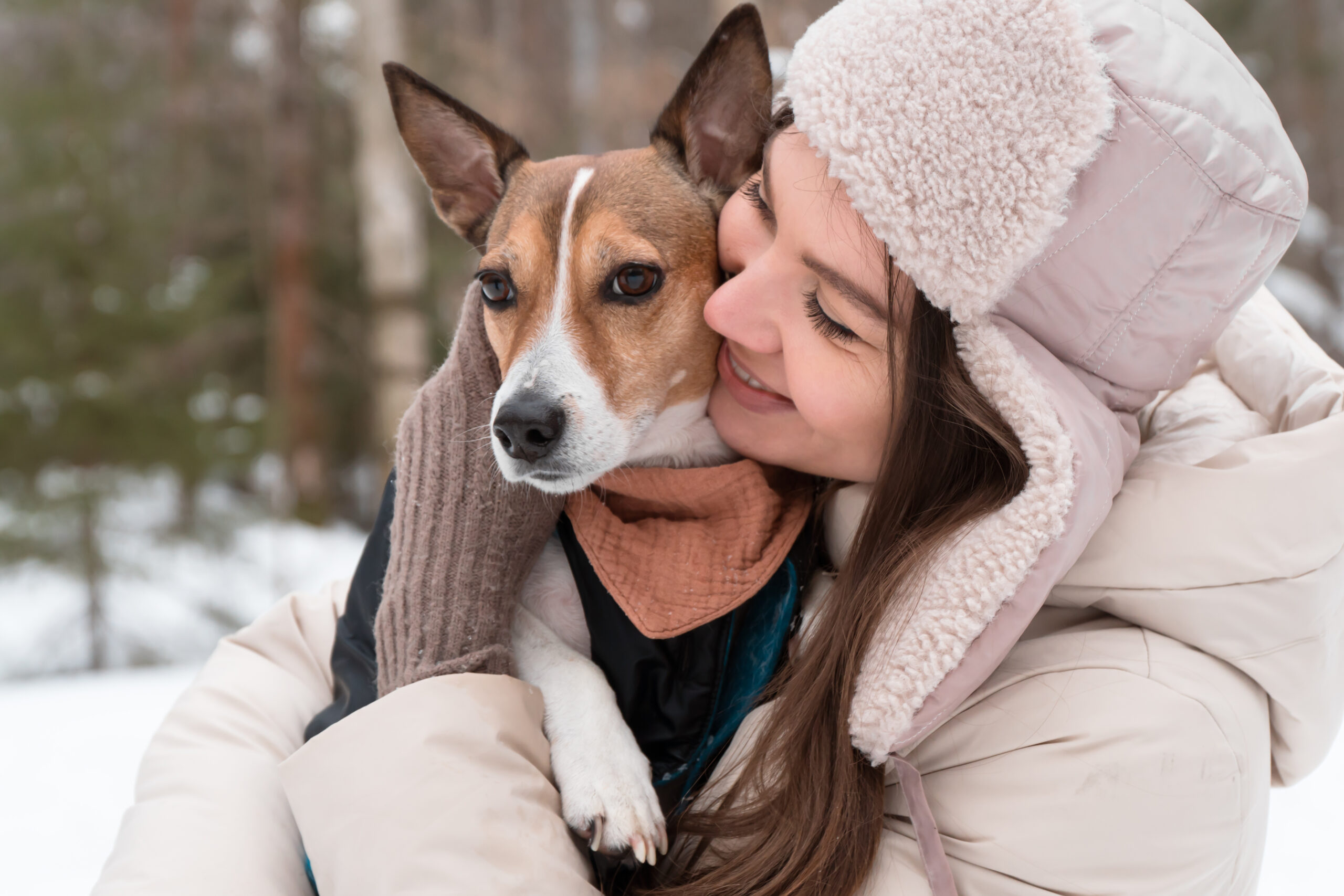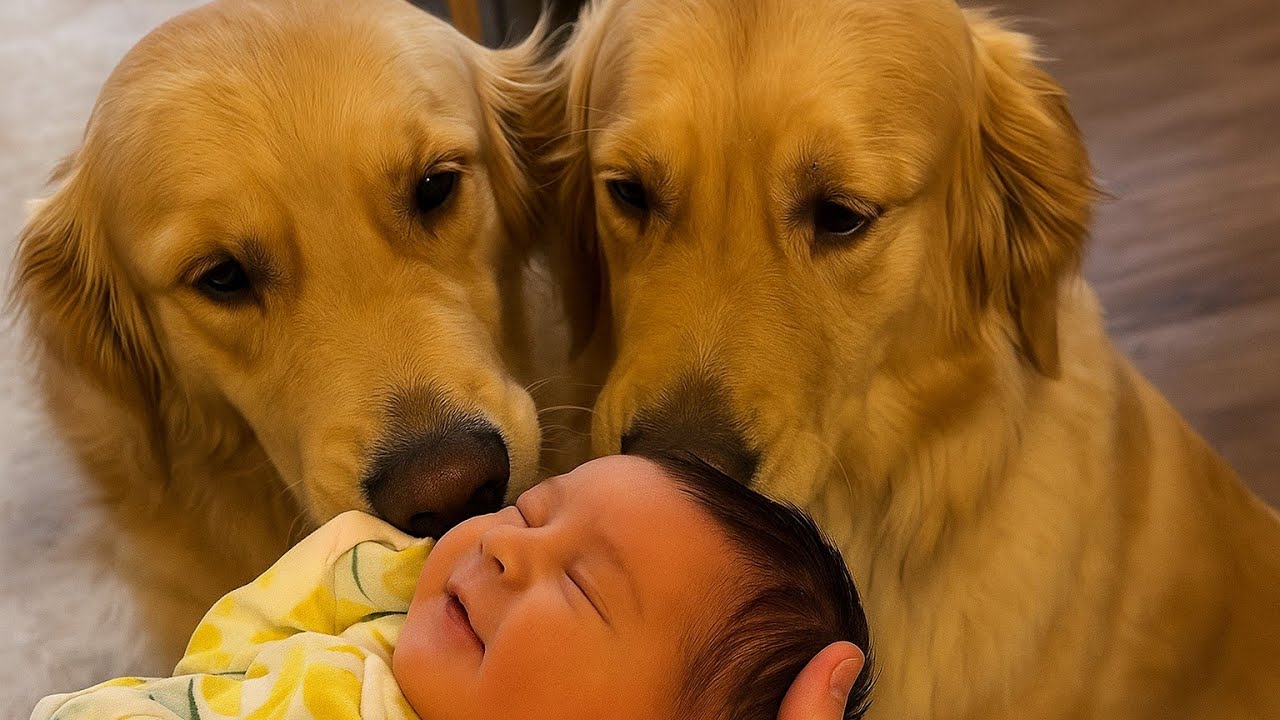Dogs have been human companions for thousands of years. Known for their loyalty, intelligence, and personality, dogs are truly one-of-a-kind animals. Whether you’re a dog owner, enthusiast, or just curious, these amazing dog facts will surprise you. From unique physical traits to astonishing behaviors, let’s explore the world of dogs like never before.
1. Dogs Are Smarter Than You Think
Dogs are incredibly intelligent creatures.
Some breeds, like Border Collies and Poodles, can understand up to 250 words and gestures.
Dogs can solve basic problems, remember routines, and even experience emotions like jealousy and love.
Many working dogs are trained to perform complex tasks like detecting cancer, sniffing out drugs, or guiding the visually impaired.
Fun Fact: A Border Collie named Chaser recognized over 1,000 words, setting a record for canine vocabulary.
2. Their Sense of Smell Is Superhuman
Dogs have up to 300 million scent receptors in their noses, compared to just 5 million in humans.
This makes their sense of smell up to 100,000 times more sensitive.
Dogs can detect certain cancers, search for missing people, and even sense emotional changes in humans.
Interesting Fact: Your dog may know you’re stressed before you do—just by smelling a change in your sweat or breath.
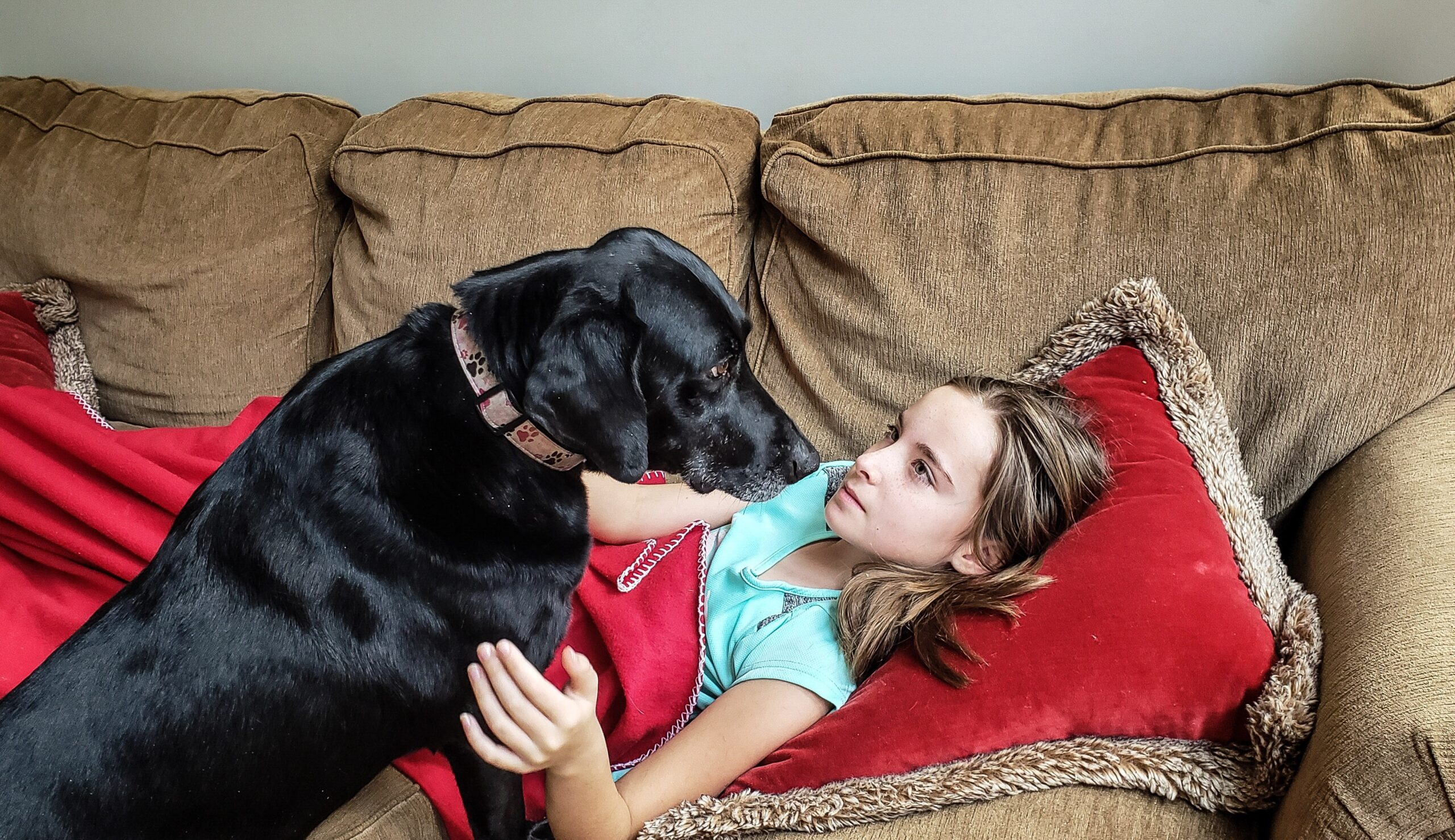
3. Each Dog’s Nose Print Is Unique
Just like human fingerprints, no two dogs have the same nose print.
Some kennels and organizations even use nose prints as a form of identification.
If you look closely, you’ll see patterns of ridges and creases that are completely individual.
4. Dogs Understand Human Emotions
Research has shown that dogs can read human facial expressions and respond accordingly.
They know when you’re happy, sad, angry, or scared.
A 2016 study found that dogs process emotional expressions using the same part of the brain as humans.
This makes them amazing emotional support animals and compassionate companions.
5. Dogs Dream Just Like Humans
Ever seen your dog twitch or whimper while sleeping?
Dogs experience REM sleep, just like people, which means they dream.
Puppies and older dogs tend to dream more frequently than adult dogs.
Fun Thought: They may be dreaming about you—or chasing squirrels in their sleep!
6. Dogs Can Learn and Perform Jobs
Dogs have been working alongside humans for centuries. Some of their most common jobs include:
Herding sheep (e.g., Collies, Australian Shepherds)
Police and military service (e.g., German Shepherds, Belgian Malinois)
Therapy and emotional support (e.g., Labradors, Golden Retrievers)
Search and rescue missions in disasters
These working dogs are not only smart but also loyal and highly trainable.
7. Dogs Have Lived With Humans for 15,000+ Years
Dogs were the first animals domesticated by humans, possibly over 15,000 years ago.
Ancient humans and early dogs hunted and lived together for survival.
Dogs evolved to understand humans better than any other species, including primates.
This long history explains their strong connection with us today.
8. Dogs Have Incredible Hearing
Dogs can hear frequencies ranging from 40 Hz to 60,000 Hz, while humans hear only 20 Hz to 20,000 Hz.
That’s why they respond to high-pitched sounds, like whistles or crinkling food wrappers, even from another room.
Some dogs even learn the sound of your car engine and wait by the door before you arrive home.
9. Dogs Communicate in Many Ways
While barking is their most obvious sound, dogs also communicate through:
Body language (tail wagging, ear position, body posture)
Facial expressions (raised eyebrows, relaxed or tense jaws)
Vocalizations (whines, growls, howls, and even sighs!)
Learning your dog’s “language” helps strengthen your bond and trust.
10. Not All Dogs Bark
Some breeds, like the Basenji, are known as “barkless dogs.”
Instead of barking, they make unique sounds called baroos—a mix of a yodel and howl.
Other dogs may remain quiet due to training, personality, or breed traits.
11. Dogs Come in Over 340 Recognized Breeds
According to the Fédération Cynologique Internationale (FCI), there are over 340 officially recognized dog breeds worldwide.
From tiny Chihuahuas to massive Great Danes, each breed has its own history, purpose, and personality traits.
Tip: Choosing the right breed is essential based on your lifestyle, activity level, and space.
12. Dogs Are Great With Kids (Most of the Time)
Many dog breeds are naturally gentle and protective around children.
Golden Retrievers, Beagles, and Labradors are especially known for their family-friendly behavior.
Proper training and socialization help prevent accidents and ensure harmony in the household.
13. Dogs Can Get Sunburn Too
Light-colored dogs or those with thin coats can suffer from sunburn.
Protect their skin with pet-safe sunscreen or doggie clothing during hot, sunny days.
Keep your dog cool and hydrated, especially during summer walks.
14. The Oldest Dog on Record Lived Over 30 Years
A dog named Bobi from Portugal holds the Guinness World Record as the oldest dog, living over 31 years.
Most dogs live 10–15 years depending on breed and health.
Regular vet visits, healthy diets, and exercise can help extend your dog’s life.
15. Dogs Never Stop Learning
Dogs are lifelong learners.
Even senior dogs can learn new tricks or routines with patience and repetition.
Training not only improves behavior but also stimulates their minds.
Fun Idea: Teach your dog to clean up toys or ring a bell when they want to go outside!
Final Thoughts: Dogs Are Truly Incredible
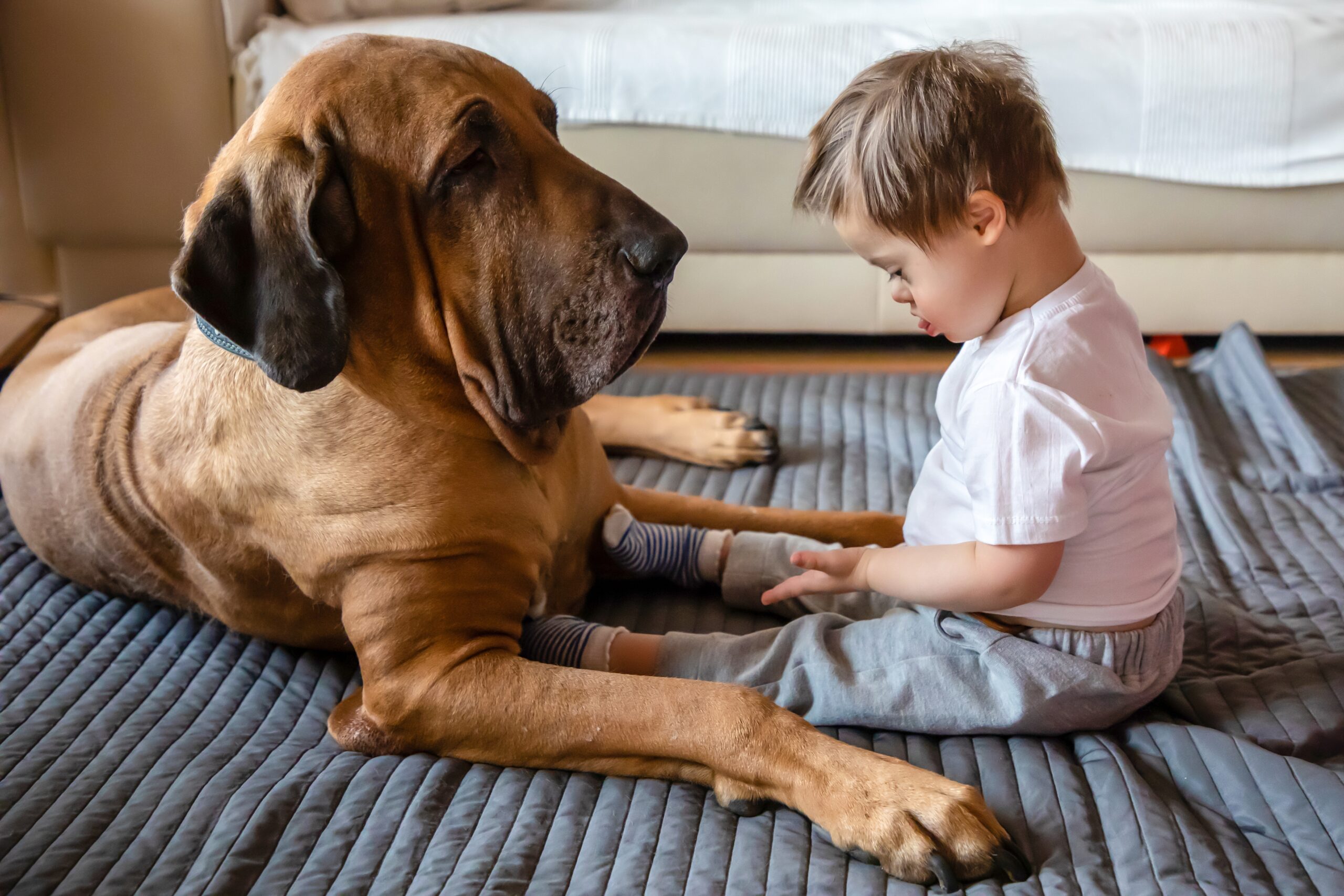
Cute small boy with Down syndrome playing at home with big dog of Fila Brasileiro breed
From their powerful senses to their deep emotional intelligence, dogs are more than just pets—they’re family. These dog facts prove just how amazing, complex, and loving our canine friends truly are.
Whether you already have a pup or are thinking of getting one, understanding their needs and nature helps build a stronger, more rewarding bond.
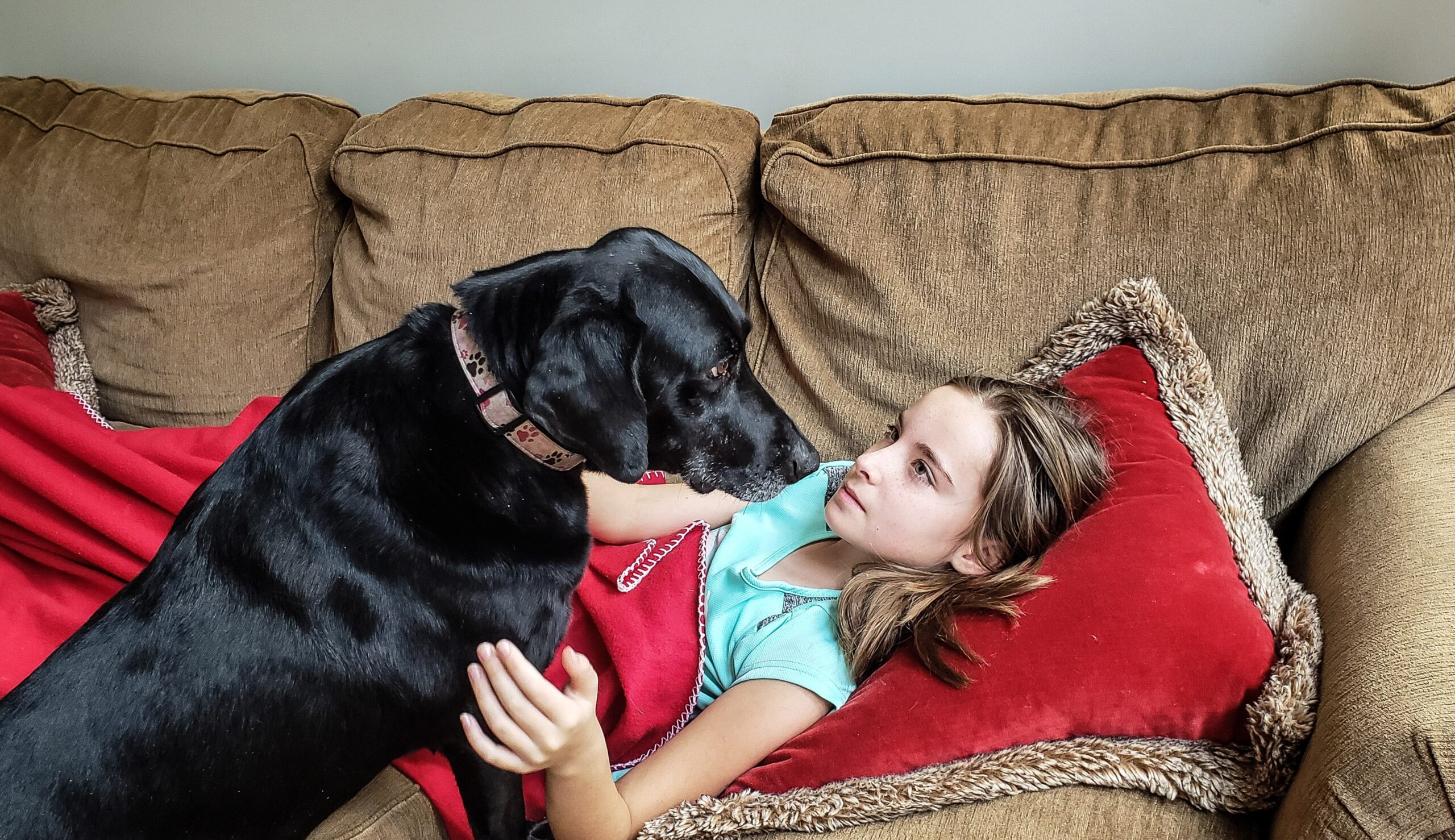

 Animal Facts8 years ago
Animal Facts8 years ago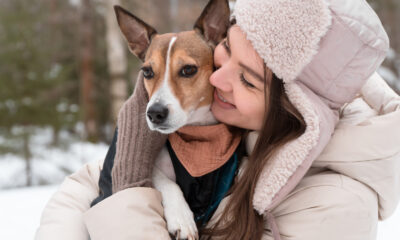
 Pet Care Tips8 years ago
Pet Care Tips8 years ago
 Pet Nutrition8 years ago
Pet Nutrition8 years ago
 Animal Facts8 years ago
Animal Facts8 years ago
 Animal Facts8 years ago
Animal Facts8 years ago
 Animal Facts8 years ago
Animal Facts8 years ago
 Animal Facts8 years ago
Animal Facts8 years ago
 Cats8 years ago
Cats8 years ago
